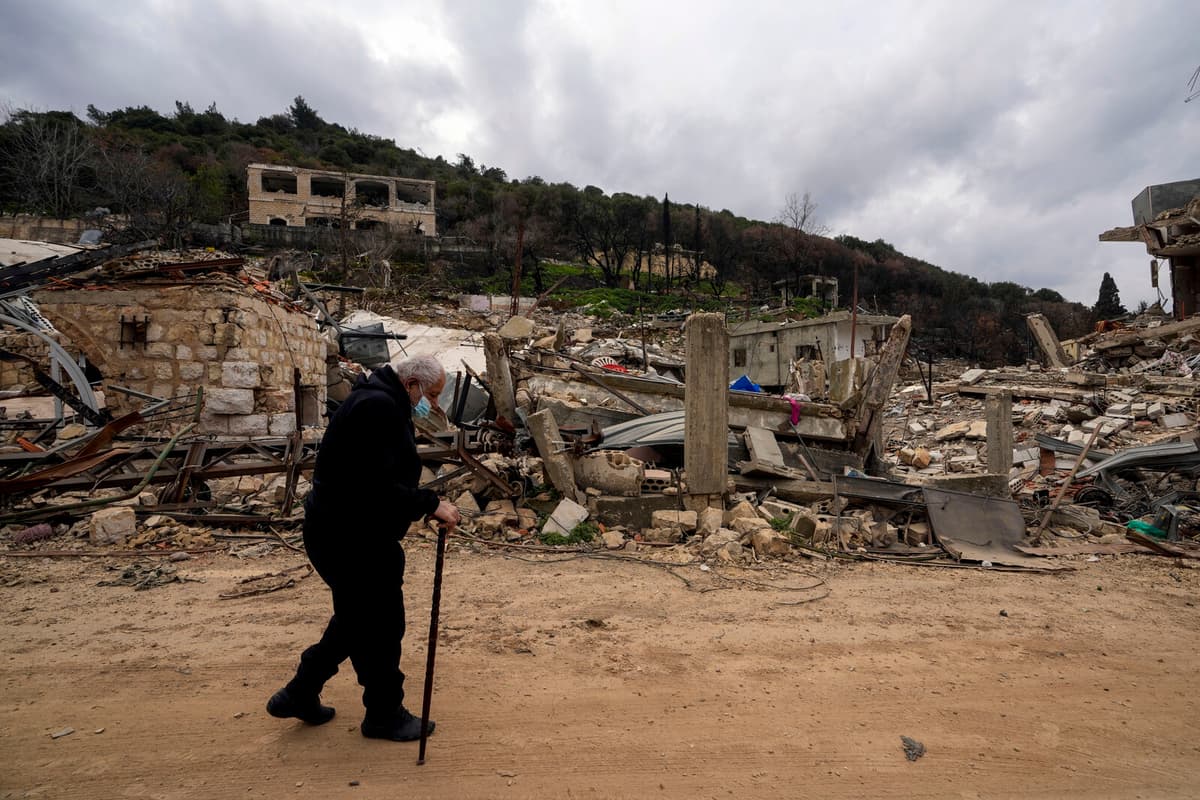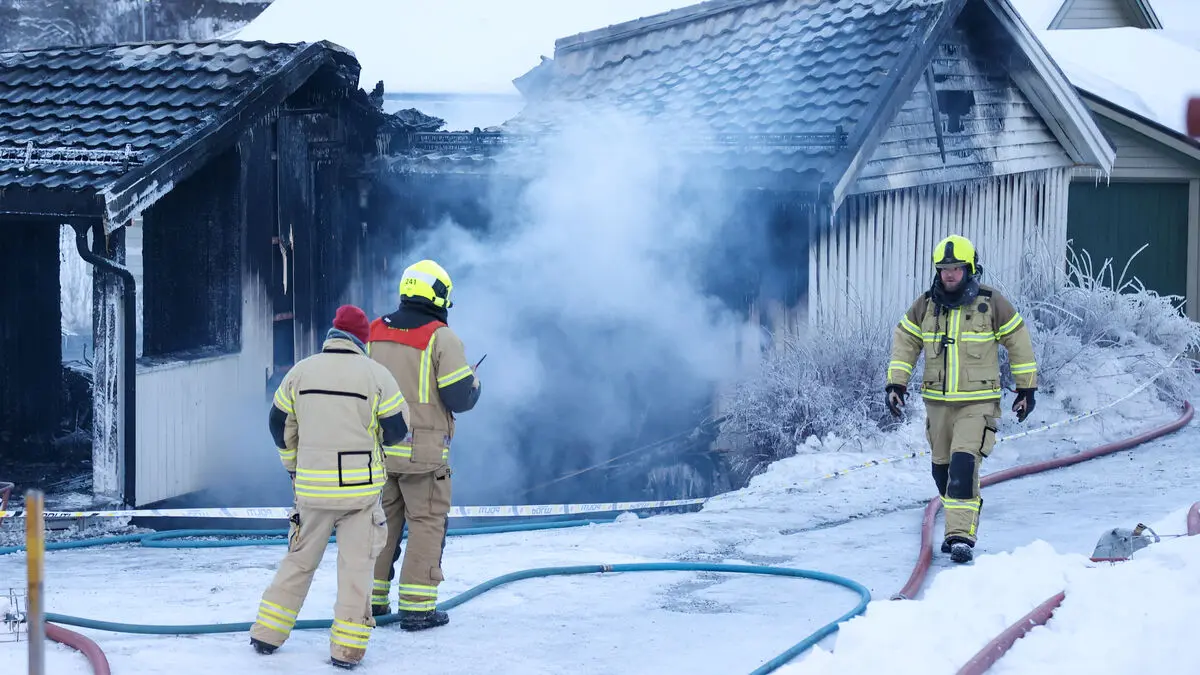Formally, Israel and Iran-backed Hizbollah reached an agreement on a ceasefire on November 27 last year, after more than a year of violent clashes between the parties that culminated in an Israeli ground invasion and extensive air strikes.
"The Israeli military's extensive and deliberate destruction of civilian property and agricultural land in southern Lebanon must be investigated as war crimes," Amnesty writes in a statement.
Mosques and football fields
The report, which covers a period from October 1, 2024, to the end of January this year, claims that "a large part of the destruction took place after November 27".
In their analysis, the report's authors have used verified video clips, photographs, and satellite images to map the devastation, which, according to Amnesty, shows "more than 10,000 structures that were either destroyed or severely damaged" during the period in question.
"Israeli forces used manually placed explosives and bulldozers to destroy civilian structures, including homes, mosques, cemeteries, roads, parks, and football fields in 24 municipalities," the report states.
Continued attacks
Amnesty adds that a significant part of the attacks took place despite "the absence of clear military reasons and in contravention of international law".
The organization states that questions regarding the destruction were sent to Israel in June, but that they have not yet received a response.
Israel has previously stated that they are targeting Hizbollah targets in their attacks on Lebanon – attacks that, despite the ceasefire, still occur at regular intervals.






